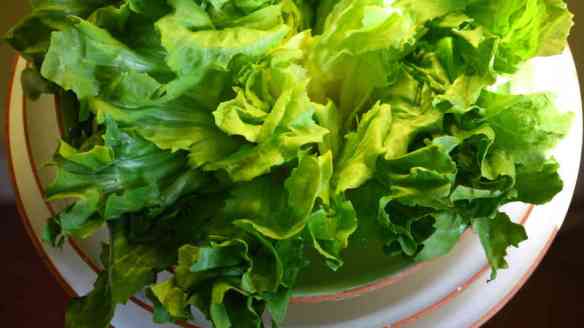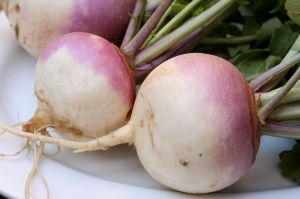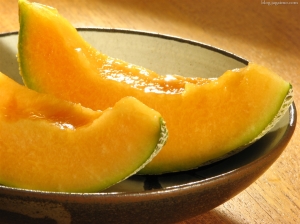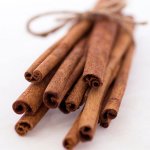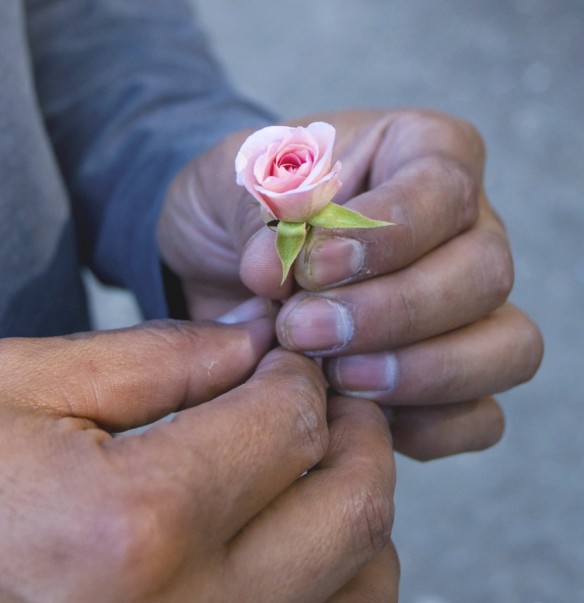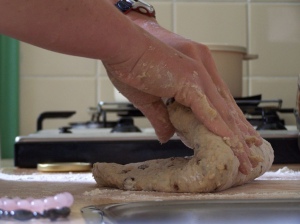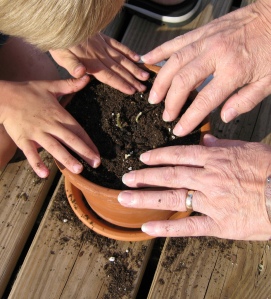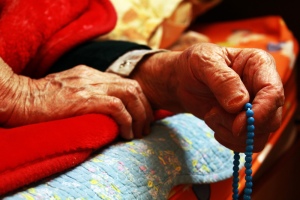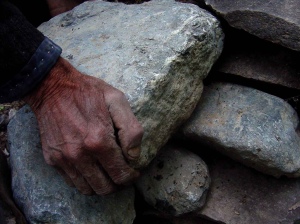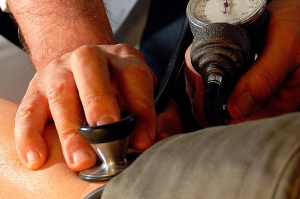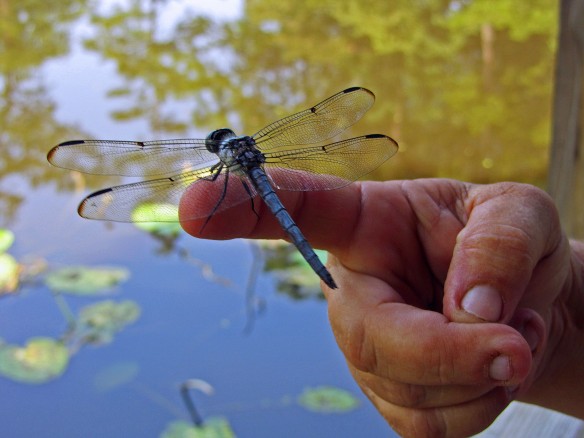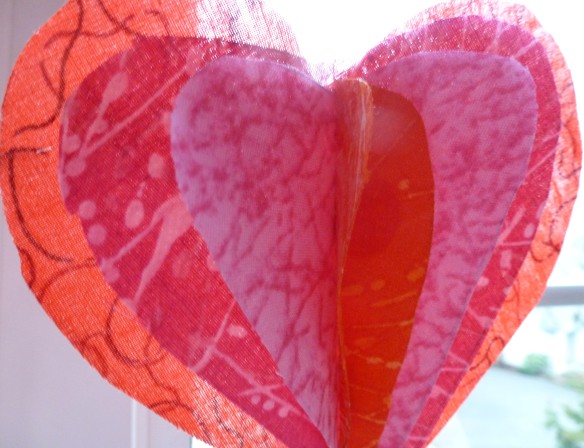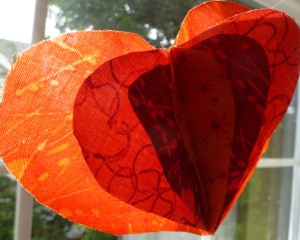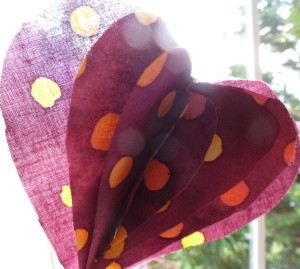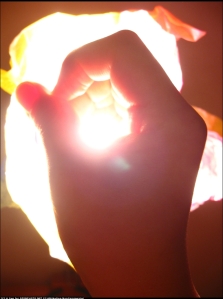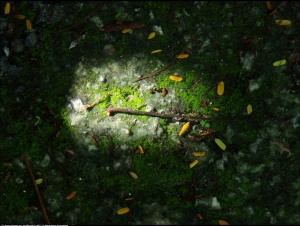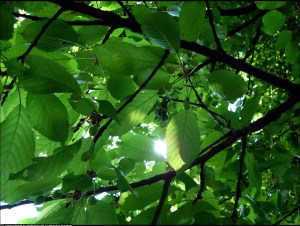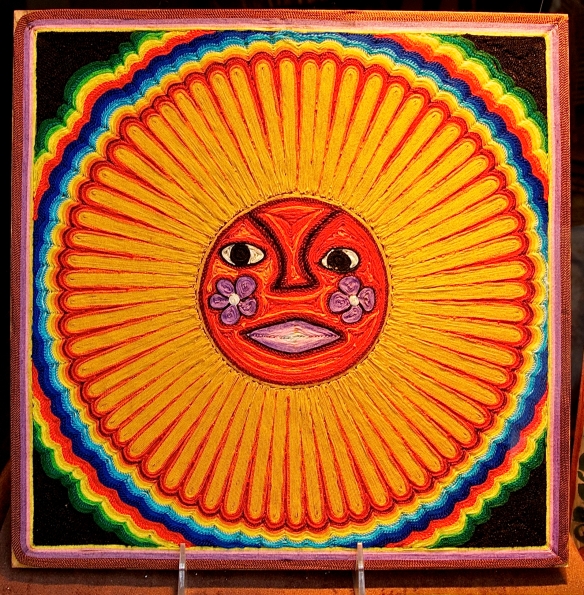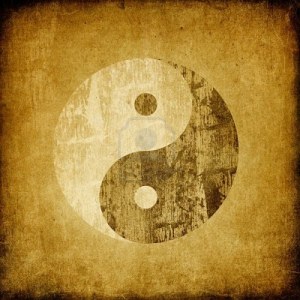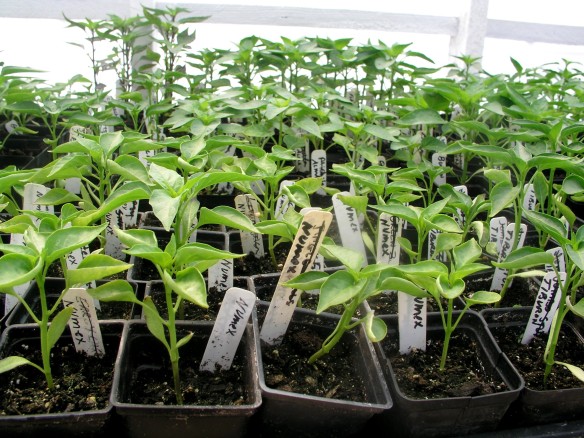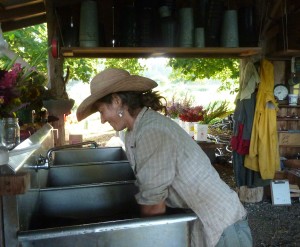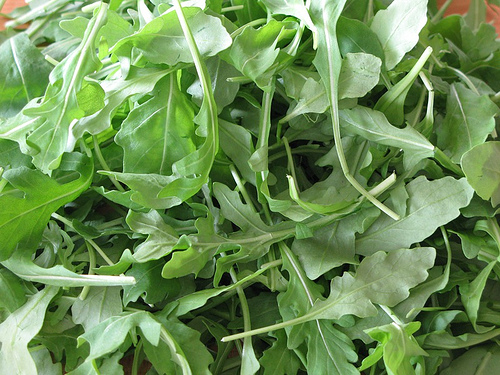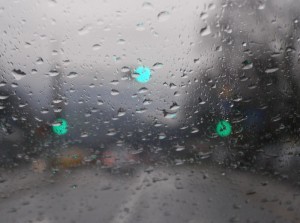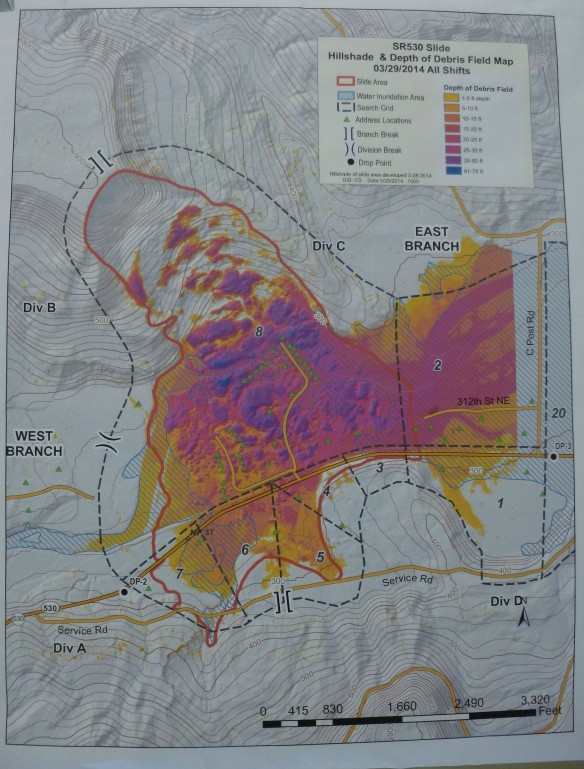 I was at the Oso Fire Station today to be part of a group of volunteer acupuncturists working on people there in shifts every day—residents, search & rescue people, volunteers, anyone—to help calm the spirit and improve sleep, ease stress and anxiety, and aid coping with the trauma.
I was at the Oso Fire Station today to be part of a group of volunteer acupuncturists working on people there in shifts every day—residents, search & rescue people, volunteers, anyone—to help calm the spirit and improve sleep, ease stress and anxiety, and aid coping with the trauma.
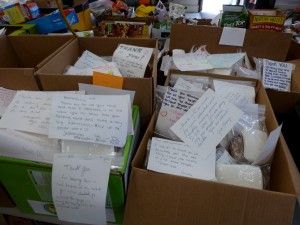 The outpouring of love and support is so incredibly inspiring: vast quantities of donated food, supplies, clothing, money, and equipment; hundreds of people in a carefully orchestrated volunteer effort in addition to the work of agencies like FEMA and the Red Cross; lots of hugging and instant conversations.
The outpouring of love and support is so incredibly inspiring: vast quantities of donated food, supplies, clothing, money, and equipment; hundreds of people in a carefully orchestrated volunteer effort in addition to the work of agencies like FEMA and the Red Cross; lots of hugging and instant conversations.
So much more is needed, though, and will be for a long time. I was blown away by this one schematic especially (above), among many on the walls in the fire station, that shows the depth of the debris field—the dark pink and purple areas are 30 to 75 feet deep—and little green triangles representing homes swept away in the landslide.An article in today’s New York Times said that what started out as a “sprint” in the beginning effort to recover people alive has now become a “marathon.”
Jordan Van Voast of CommuniChi Acupuncture Clinic in Seattle, who started a Facebook page last week to organize volunteer acupuncturists, Acupuncture for Oso, said in a post tonight that volunteers would be needed every day through May or June: https://www.facebook.com/AcuForOso
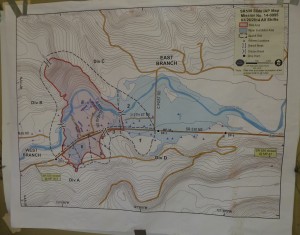 Recovery people came back this evening covered in smelly mud, exhausted, some of them having been out in the slide area since first light this morning … wet, cold, hungry. A group of young Army soldiers from Joint Base Lewis-McChord in Tacoma said that they were helping one of their buddies, another soldier in the group, search for his aunt and uncle who had a cabin in Oso and were among the missing. One man said fewer search volunteers were being allowed out in the slide area as of today because of leaking sewage and because bigger, heavier equipment was being moved in, which made me wonder whether the effort to recover bodies may be about over—I think some people may be simply lost.
Recovery people came back this evening covered in smelly mud, exhausted, some of them having been out in the slide area since first light this morning … wet, cold, hungry. A group of young Army soldiers from Joint Base Lewis-McChord in Tacoma said that they were helping one of their buddies, another soldier in the group, search for his aunt and uncle who had a cabin in Oso and were among the missing. One man said fewer search volunteers were being allowed out in the slide area as of today because of leaking sewage and because bigger, heavier equipment was being moved in, which made me wonder whether the effort to recover bodies may be about over—I think some people may be simply lost.
So much loss and trauma—but in the face of it, such a coming together of people both near the area and from far away, people from all walks of life, people who just want to help. One young man who sat down to get acupuncture said he’d driven 12 hours from Klamath Falls, Oregon, last Thursday after hearing about the landslide—currently unemployed and without much in the way of funds to stay in a motel near Oso but compelled to want to help the relief effort, regardless. He’d spent today helping to build many wooden shelf units to hold all the donated food and supplies at the fire station and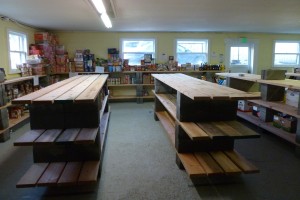 doing whatever odd jobs needed to be done. He said he’d been struggling some with finding direction and purpose for about a year, but now he thought he might get into an EMT training program when he went back to Oregon.
doing whatever odd jobs needed to be done. He said he’d been struggling some with finding direction and purpose for about a year, but now he thought he might get into an EMT training program when he went back to Oregon.
In the photo to the right are the wooden shelves the young man helped build–earlier in the day they were piled with food and supplies, but a truck came and all was removed to a storage area elsewhere, leaving room for tomorrow’s deliveries of donations.
I’ll make a plug here for a wonderful national group, Acupuncturists Without Borders, which formed in September 2005 in the immediate aftermath of Hurricanes Rita and Katrina. Volunteer acupuncturists have gone to numerous areas hit by disasters, including Haiti, the Philippines, and places destroyed by tornadoes in the Midwest, and AWB-based groups conduct free community-style acupuncture clinics for veterans in many communities across the country.
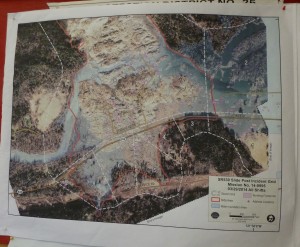 The needling protocol used by AWB is five needles in each ear—people receiving acupuncture sit in chairs for 20 to 40 minutes and begin to feel calmer and quieter in spite of the destruction around them and report being able to sleep better, regain appetite, feel less anxious, and cope better with the upheaval in their lives. The organization can use donations to keep the work going:
The needling protocol used by AWB is five needles in each ear—people receiving acupuncture sit in chairs for 20 to 40 minutes and begin to feel calmer and quieter in spite of the destruction around them and report being able to sleep better, regain appetite, feel less anxious, and cope better with the upheaval in their lives. The organization can use donations to keep the work going:
See their website here: http://www.acuwithoutborders.org/about_us.php
I was happy to spend time today getting to know the other acupuncturist on duty with me today, Kristan Rutski from Seattle. I was so heartened by the spirit of unity, cooperation, and community among my fellow humans in a time of great devastation. I know this happens repeatedly with disastrous events, I’ve read about it—people showing incredible strength and generosity—but this was one time I got to see it firsthand.

